Scientists Now More Confident: A Hidden "City" Lies Beneath Egypt’s Giza Pyramids
- EXPLORE FURTHER: Researchers Unveil New Insights into Structures Beneath Pyramids
Researchers aiming to confirm that a 'huge metropolis' lies over 4,000 feet beneath the surface. Egypt The pyramids of Giza have published a new analysis claiming that their findings have been proven accurate.
The team last week Italy unveiled groundbreaking research that allegedly had found multi-thousand-foot-deep wells and chambers under the Khafre Pyramid.
If accurate, this finding could upend both Egyptian and overall human history; however, independent experts claim that the discovery is 'entirely incorrect' and lacks any scientific foundation.
Researches stated that they achieved a confidence level significantly over 85 percent in identifying structures underneath the Pyramid of Khafre, along with other pyramids. Pyramids located at the Giza Plateau ,' exist.
The wells and chambers were detected by directing 'high-frequency electromagnetic waves' beneath the surface, with the manner in which these signals reflected enabling scientists to deduce their locations. mapping the underground structures near the pyramid .
The group employed a customized algorithm to analyze the data and generate images depicting structures resembling wells with spiraling patterns that led to vast caverns.
They verified the designs against recognized architectural styles, particularly those available to us now, like the Pozzo di San Patrizio in Italy, according to Niccole Ciccole, who spoke for the project.
Professor Lawrence Conyers, an authority on radar from the University of Denver with expertise in archaeology and unaffiliated with this particular research, commented: "For establishing reliable correlations, you must have something to relate it to or for comparison."
What might that be here? Without that, these percentages lack scientific significance.
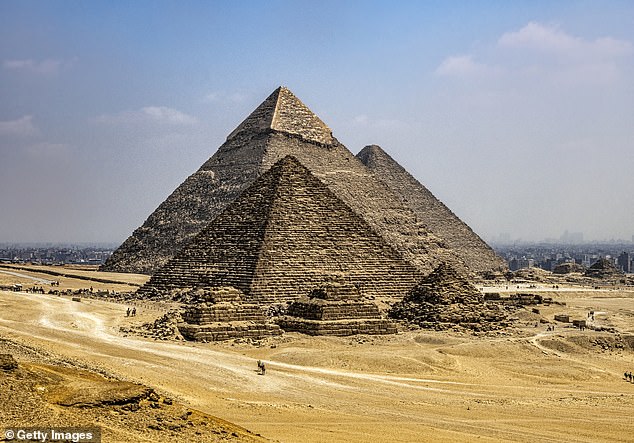
Professor Conyers proposed that it is possible small structures like shafts and chambers could be present under the pyramids, predating their construction since the area held significance for ancient peoples.
He pointed out that the Maya and other ancient cultures in Mesoamerica frequently constructed pyramids over the openings of caves or caverns that held ceremonial importance for them.
The team asserted that they discovered eight wells along with two massive enclosures situated over 2,000 feet beneath the foundation of the Khafre pyramid, and an extensive concealed network of various structures even deeper, approximately another 2,000 feet lower down.
"I have my doubts about the more profound assertions. If their 'algorithms' live up to what they claim (and I cannot speak to that), then maybe this argument will stand," stated Professor Conyers.
A 'shaft' or 'passageway' is what I anticipate finding beneath a pyramid.
The research conducted by Corrado Malanga from the University of Pisa in Italy, Filippo Biondi at the University of Strathclyde in Scotland, along with Egyptologist Armando Mei has not yet undergone peer review as it hasn’t been published in a scientific journal.
The group forwarded the analysis to them, acknowledging that 'additional confirmation is advised via further tomographic imaging and on-site validation.'
To find out if something was concealed beneath the Pyramid of Khafre , they directed high-frequency waves (akin to radar functionality) into the earth under the pyramid.
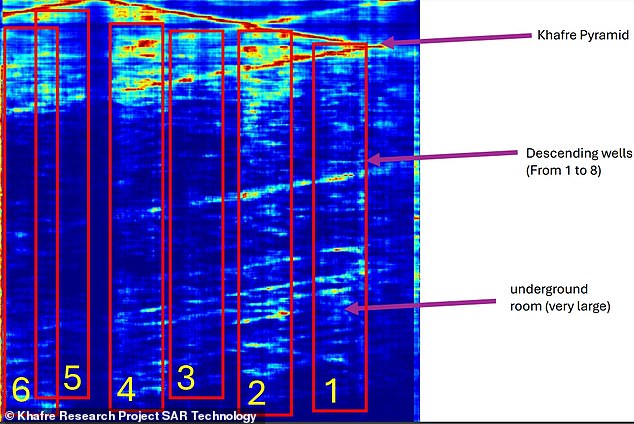
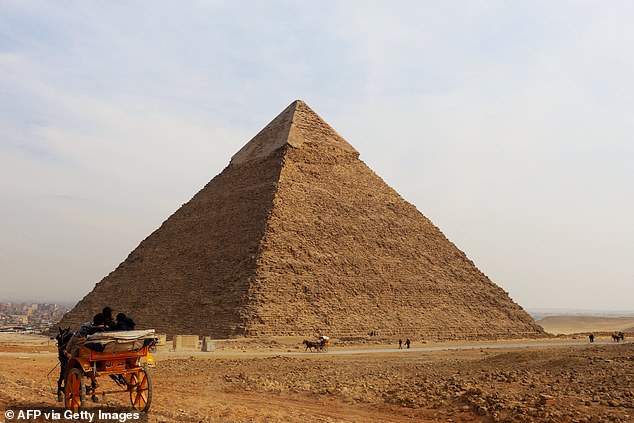
Whenever waves hit an object beneath the water’s surface, they reflected back up, and by examining the alterations in their frequency, researchers could determine the types of substances present underneath.
Nevertheless, Dr Zahi Hawass, Egypt's ex-minister of antiquities, informed The National: "The assertion about utilizing radar within the pyramid is untrue, and the methods used have not been scientifically endorsed or verified."
The team expressed that although they hold 'the highest regard for Egyptologists,' their 'conclusions stem from objective data gathered via sophisticated radar signal analysis.'
Following the collection of data, scientists employed a specific algorithm which transformed the collected information into vertical visualizations depicting the terrain under the pyramid, thus providing the initial glimpse of these concealed features.
One of the pictures shows "a vertically extended element with uneven brightness levels, indicating the existence of a profound crater-like structure," stated Ciccole, who boasts 25 years of expertise in forensic analysis.
The top section of the well displays designs suggesting possible helical or spiral structures, potentially representing a staircase or an inclined passage.
She added that Intense reflections observed in the images indicated 'discontinuities with structure that might correspond to stepped elements.'
'Ciccole stated that initial assessments suggest the well penetrates deep into the ground, showing significant fluctuations in signals at several depths.' He further explained this might signify varying materials or compartments at different levels within the structure.
The helical characteristic matches accounts of spiraling descending passages observed in other old buildings.
Professor Conyers concurred that spiral descending shafts also appear in other ancient constructions like the Pyramid of Unas and some Middle Kingdom tombs.
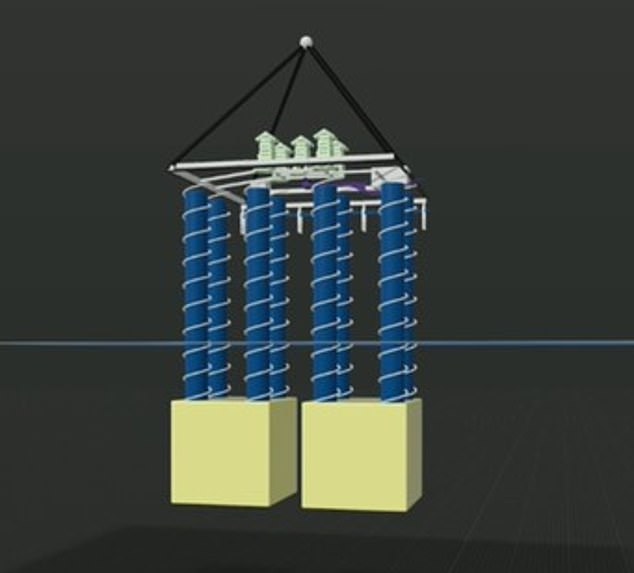
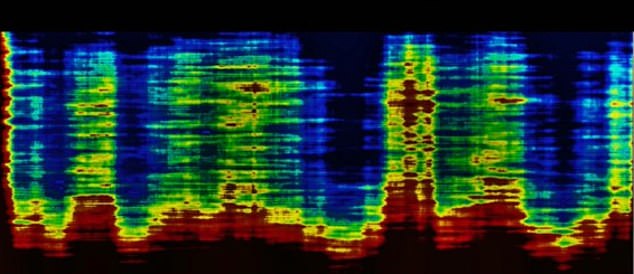
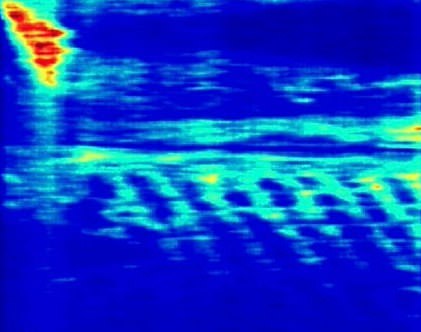
"We assess a correlation confidence ranging from 85 to 90 percent regarding the hypothesis of a helical staircase structure within the well," stated Ciccole.
The team also thinks these structures were constructed approximately 38,000 years ago, placing them far earlier than any other known human-built constructions of similar type by tens of thousands of years.
They grounded their assertion on an old Egyptian manuscript which they deciphered as documentation of a prior civilization wiped out by a catastrophic occurrence; however, Professor Conyers stated, "This is quite an extreme notion."
He mentioned that during that period of human history, around 38,000 years ago, humans were largely residing in caves.

He mentioned that people began inhabiting settlements known as cities approximately 9,000 years ago," she stated. "Prior to this period, there were some sizable villages; however, these existed just for a couple of millennia beforehand.
However, researchers indicated that an earlier civilization probably existed but was annihilated during a catastrophic occurrence.
The occurrence is a hypothesis suggesting a gigantic asteroid collided with Earth approximately 13,500 years ago. resulting in global climate shifts and widespread extinctions .
Although ice core samples from Greenland and other geological evidence from the Atlantic Ocean suggest such an occurrence, scientists generally reject this idea because they haven’t discovered an impact crater associated with an asteroid.
Scientists think that old Egyptian stories often considered mythology might be actual accounts of existence prior to a devastating occurrence.
They mentioned that Chapter 149 of the Book of the Dead outlines 14 abodes of the divine, which their team understands as evidence suggesting the existence of an advanced civilization predating Dynastic Egypt.
Ciccolo mentioned that the team also utilized the Turn King List, also known as the Royal Canon, an ancient Egyptian document listing the names of rulers such as gods and demigods who purportedly governed Egypt prior to the first documented dynastic period.
Scientists think that deities and demi-gods may have been historical rulers who lived long before the earliest known pharaohs.
Ciccolo stated that these ancient texts contain 'an extensive array of references indicating that a prior civilization existed in the area before a catastrophic event occurred.'
Read more
Post a Comment for "Scientists Now More Confident: A Hidden "City" Lies Beneath Egypt’s Giza Pyramids"